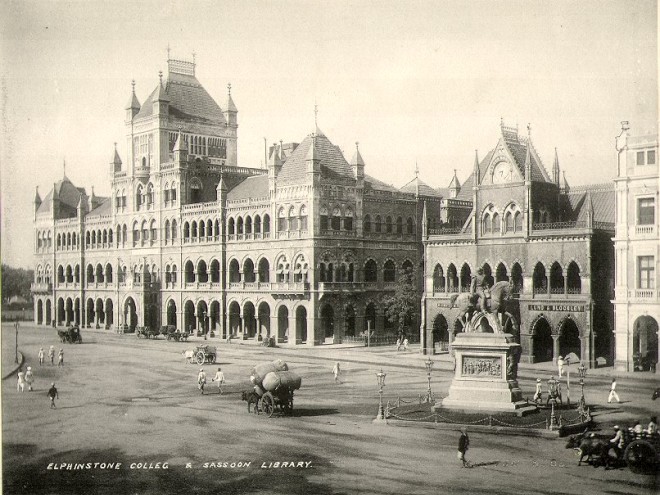This deeply researched, interesting, and readable book was a labor of love for its author, who is a professor of history at Georgetown University and a distant relation of the titular mercantile family. The Sassoons is more than a chronicle of ancestry, however. On the contrary, it covers the economic, political, technological, and diplomatic factors responsible for the rise and then the fall of the family’s fortunes, the alienation of the third and fourth generations from the religious and ethnic identity of its founders, and the younger generations’ belief that commerce was beneath them.
By the fourth generation, there were few Sassoons in the family business, and this, Joseph Sassoon believes, was an important factor in the company’s demise. The grandchildren and great-grandchildren preferred collecting art, raising and racing horses, flying airplanes, serving in government, hosting elaborate dinners, supporting hospitals and educational institutions, and hobnobbing with the British aristocracy. In this they were no different from younger members of other enormously rich families, such as the Rockefellers, Kennedys, and Vanderbilts, all more concerned with their social status than their financial condition. The younger Sassoons, in other words, spent money with abandon. They seemed little concerned that eventually the pot might run dry, as it did a little more than a century after its golden years during the mid-nineteenth century.
The Sassoons were part of the large migration of upwardly mobile and fortune-seeking Jews from Baghdad to Asia during the nineteenth century. They initially settled in Bombay (now Mumbai), and as the firm grew, it established branch offices in Hong Kong, Shanghai, and London. It also expanded to include businesses like merchant banking and textile manufacturing, supplementing the import and export of cotton, silk, tea, textiles, opium, and other products. The opium trade was particularly important for the family; they were the leading exporters of opium to the vast market of opium smokers in China during the nineteenth century. (This was at a time when the trade was legal, with opium being viewed as an elixir that promised all sorts of benefits, much as those attributed to tobacco during the seventeenth and eighteenth centuries.)
At a time when communication was very primitive, it was essential that the Sassoon business be staffed by trustworthy employees. The most loyal, they believed, were members of the family and other Baghdadi Jews. But as the firm prospered, personal dynamics became increasingly problematic. Intrafamily rivalries and competition between various offices led to schisms and bitterness.
The Sassoons of the first and second generations were religiously observant, married other Jews, and generously supported synagogues, Jewish schools, and other Jewish institutions in Baghdad, India, and China. Their generosity, however, did not extend to Jewish institutions in Palestine; they were not sympathetic to the Zionist movement. Their ascent into the highest reaches of British society in India and England fell in step with the assimilation of their children and grandchildren, who attended the finest schools in England. The first thing dispensed was the Arabic dialect used by Baghdadi Jews, followed by a rejection of traditional Judaism and its prohibition of intermarriage. This process of assimilation is perhaps best personified by the famous poet Siegfried Sassoon (1886−1967), the son of Alfred Ezra Sassoon, who was raised in the Roman Catholic faith of his mother, Hester Gatty, and was in his later years a devout Roman Catholic. Such are often the wages of economic success and social mobility.





